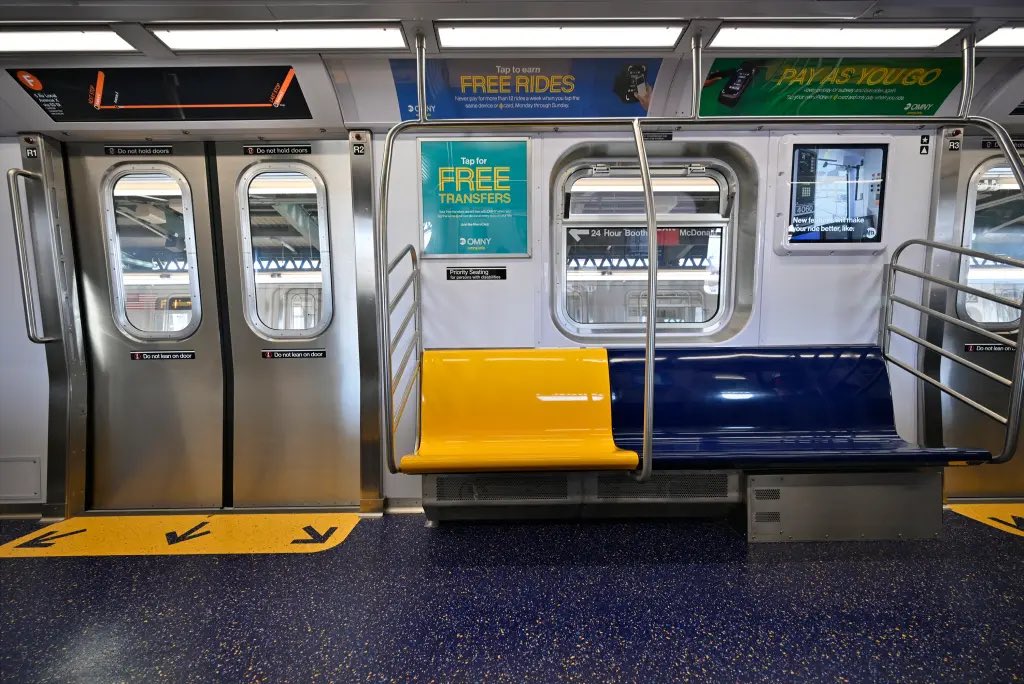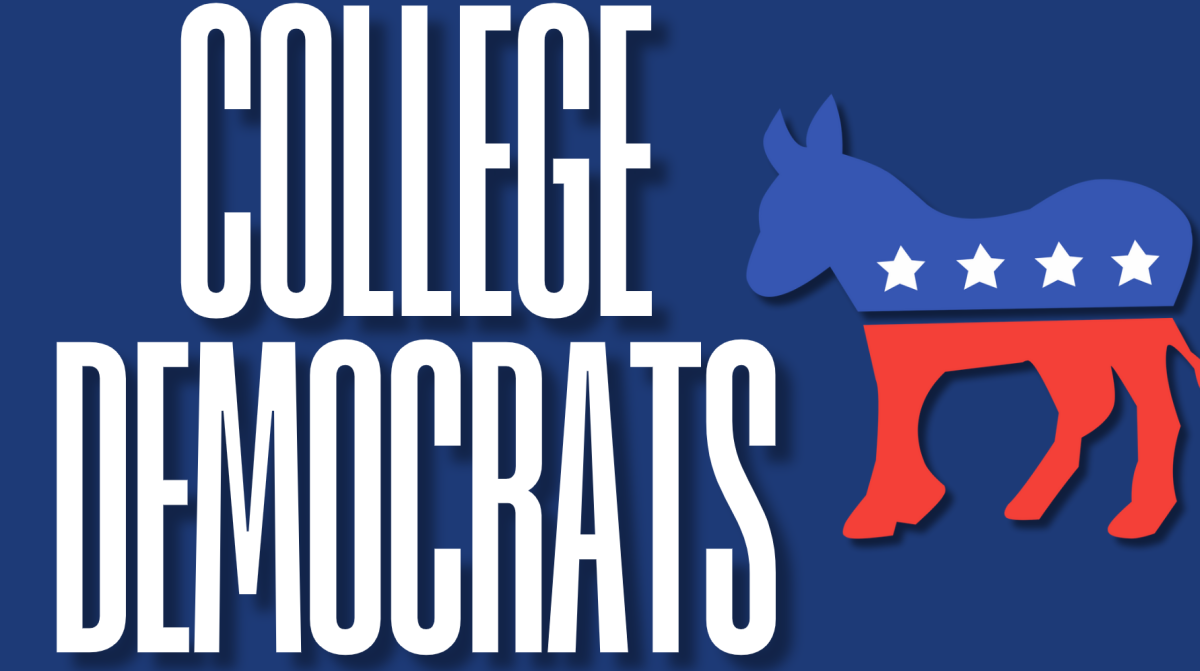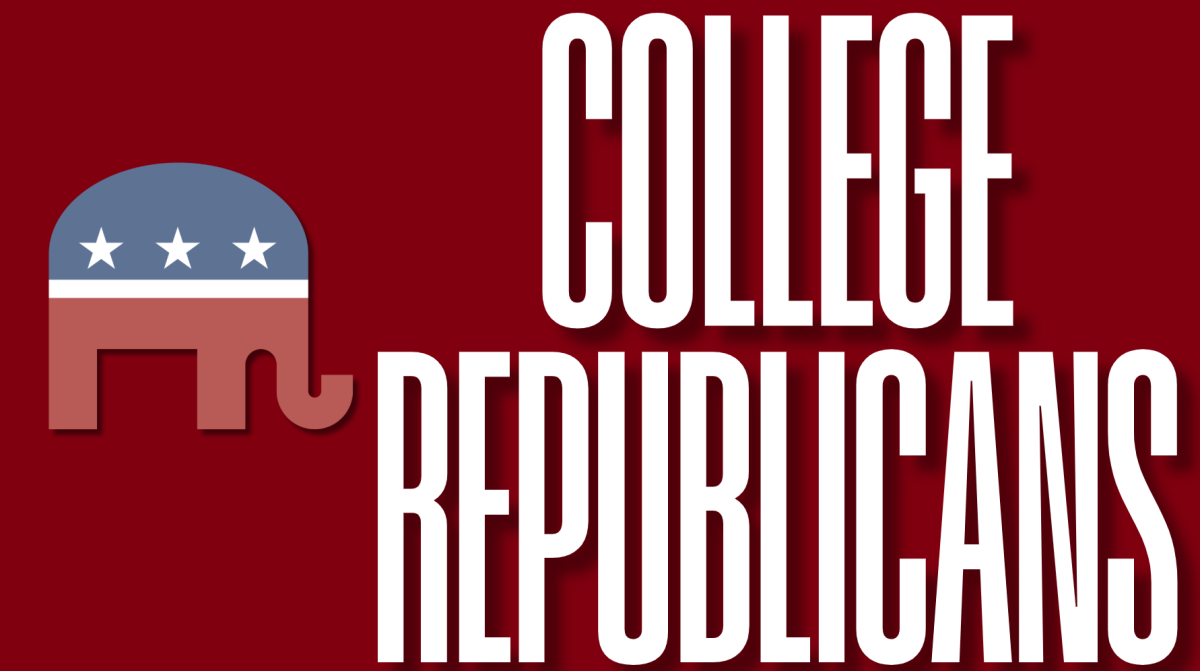Worldwide, open gangway metro cars are the way to travel. Lauded as the “future of the New York subway,” Governor Kathy Hochul launched one of the first few R211 cars on the C Line on Feb. 1, 2024, as part of a 2018 purchase of new subway cars. These new trains allow riders to walk the length of the train as there are no interior doors. Nevertheless, the new cars pose many challenges, as this leap into the future is a shiny new band aid to cover up a medley of the City’s issues.
Following several issues and delays in manufacturing, the R211s had their first trial run in October 2023, when a majority were pulled from service following faulty gearboxes, flat wheels and a graffiti incident. The February launch of these cars comes amid recent lawsuits surrounding congestion pricing, which ties up the funding and subsequent rollout of these new trains. The Metropolitan Transportation Authority (MTA) is securing funds through initiatives like the Central Business District (CBD) Tolling Program, also known as congestion pricing, which aims to improve the public transit system and reduce the flow of traffic in more populated areas of Manhattan through tolls on drivers and price hikes on subway and bus fares. Congestion pricing is bothersome and disproportionately impacts lower-income families. However, the funding supports the MTA and combats the amount of thoroughfare, which offers benefits like reducing air pollution and traffic caused by buses and emergency vehicles. The funding also addresses climate change and public health.
The MTA is in its era of modernization, looking for ways to revolutionize its outdated system. With initiatives like congestion pricing, the MTA plans to improve current subway conditions; however, its priorities are all over the place. Considering the average subway car age ranges from about 30 to 40 years, it is about time for a change as the outdated signaling system of the current set of subway cars accounted for 25% of train delays in recent years. Delays contribute to crowded trains and longer wait times. This issue has led the MTA to consider weeklong train shutdowns as they update the signal operating system, inconveniencing many. The MTA’s cost to replace 3,900 subway cars over the next 20 years is about $15 billion. Outdated signaling, aging, dirty cars and track-related problems contribute to a poor commuting experience and need to be addressed. The city should hire more subway cleaners with higher, liveable wages. Funding needs to be allocated to address these issues rather than introducing another fun, shiny thing, with a slowed rollout, to New York Public Transit, as the R211 trains are not a promised fix to the pre-existing issues of the subway system.
The R211 trains have been advertised as offering faster boarding times, security cameras, bright lights and the ability to easily move from one car to the next. This pilot program of new R211 subway cars presents New York with an opportunity to fall in line with mass transit systems seen across Asia and Europe, similar to that seen in what is known as the London Underground. With more accessible seating and wider doors, the trains offer more accommodations than before at the expense of addressing issues with the current set of trains.
Public opinion on the new subway cars is mixed. Other than the open gangway layout, most enjoyed the updates of wider doors and bright lights. Some believe the bright lights and open car layout promote a more spacious, safer feel and familiar environment to what they have experienced abroad. The open layout permits riders to view threats, occurrences and performances from throughout the car without obstruction from the doors. Others do not share this sentiment. With concerns about safety, some subway riders believed the new layout made them feel more “vulnerable.” The absence of the doors removes the metal barriers that contain perceived threats, horrifying odors and unidentified liquids in one car, allowing passengers to switch cars if needed to escape their current situation.
Change is a part of life, and this rollout is slow, so why not take the chance to consider major updates to our public transport system? The R211 cars might be the future of New York as the city catches up to the mass transit system of other major cities across the globe. However, these cars should not be prioritized over the necessary updates to the current cars already traveling through the city.
Indira Kar, FCRH ‘25 is an International Studies major from St. Louis, Miss.










































































































































































































